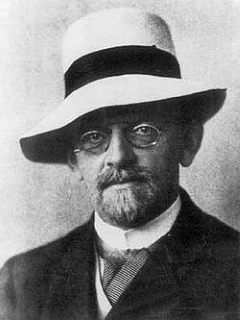
Publication details
Year: 2016
Pages: 31-70
Series: Synthese
Full citation:
, "Bridging the gap between analytic and synthetic geometry", Synthese 193 (1), 2016, pp. 31-70.


Bridging the gap between analytic and synthetic geometry
Hilbert's axiomatic approach
pp. 31-70
in: Synthese 193 (1), 2016.Abstract
The paper outlines an interpretation of one of the most important and original contributions of David Hilbert’s monograph Foundations of Geometry (1899), namely his internal arithmetization of geometry. It is claimed that Hilbert’s profound interest in the problem of the introduction of numbers into geometry responded to certain epistemological aims and methodological concerns that were fundamental to his early axiomatic investigations into the foundations of elementary geometry. In particular, it is shown that a central concern that motivated Hilbert’s axiomatic investigations from very early on was the aim of providing an independent basis for geometry. Accordingly, these concerns about an independent grounding for elementary geometry determined very clear methodological constraints in the process of embedding it into a formal axiomatic system. It is argued that Hilbert not only sought to show that geometry could be considered a pure mathematical theory, once it was presented as a formal axiomatic system; he also aimed at showing that in the construction of such an axiomatic system one could proceed purely geometrically, avoiding concept formations borrowed from other mathematical disciplines like arithmetic or analysis.
Cited authors
Publication details
Year: 2016
Pages: 31-70
Series: Synthese
Full citation:
, "Bridging the gap between analytic and synthetic geometry", Synthese 193 (1), 2016, pp. 31-70.

